
Serviceability Assessment of an L-Grade Stainless Steel Pipe Fitting
By: Terry Totemeier A client recently ordered a Type 316 stainless steel pipe coupling fitting

By: Terry Totemeier A client recently ordered a Type 316 stainless steel pipe coupling fitting

A CASE STUDY ON IMPLEMENTATION AT A 3X1 COMBINED CYCLE FACILITY (ARTICLE 1 OF 3)
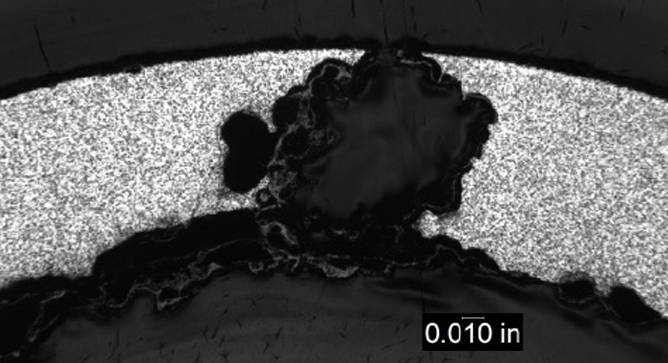
PITTING CORROSION IN CONVENTIONAL FOSSIL BOILERS AND COMBINED CYCLE/HRSGS By: Wendy Weiss Pitting is a
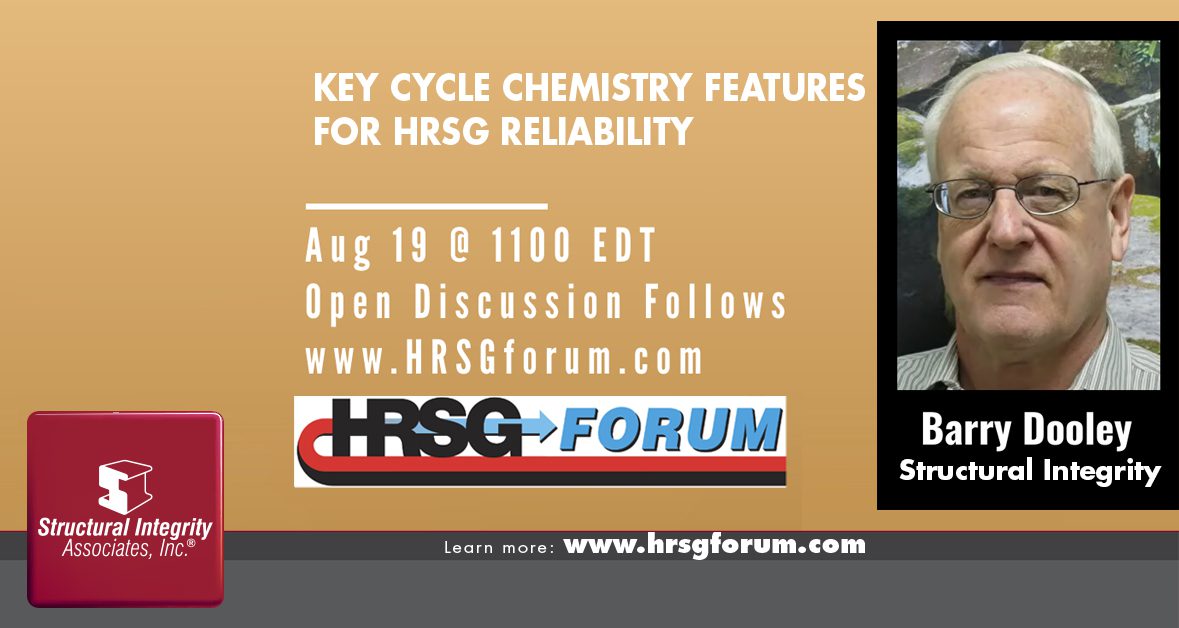
‘SI is proud to have SI Expert and Senior Associate, Dr. Barry Dooley presenting at
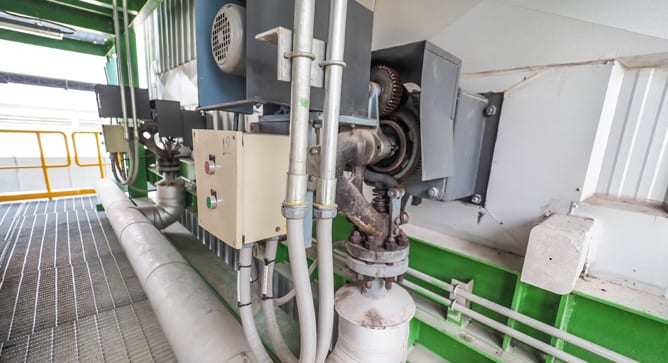
By: Wendy Weiss Soot blower erosion (SBE) is caused by mechanical removal of tube material
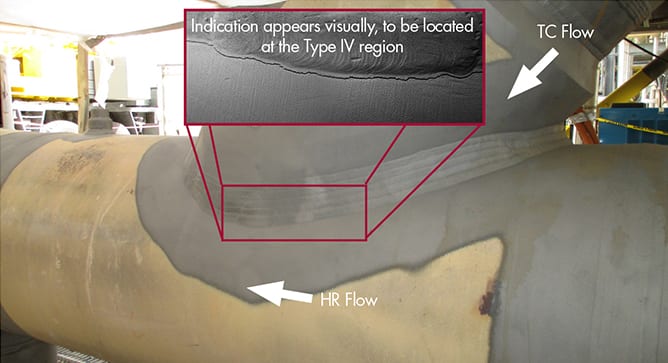
By: Ben Ruchte Fabricated branch connections represent a common industry issue in combined cycle plants.
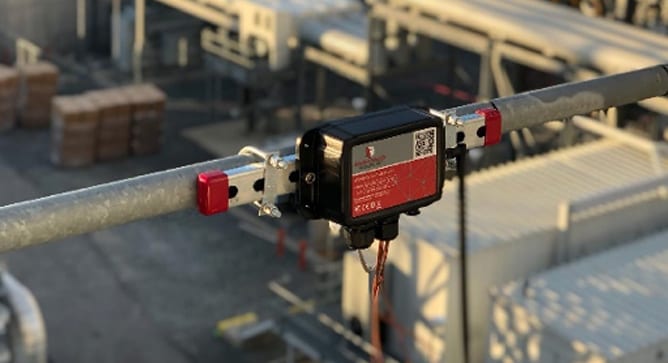
By: Jason Van Velsor, Matt Freeman and Ben Ruchte Installed sensors and continuous online monitoring
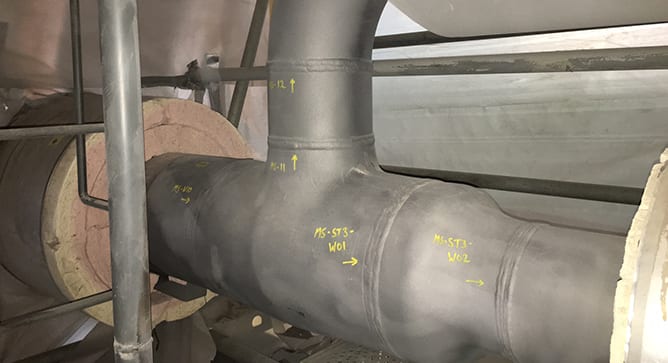
By: Ben Ruchte, Steve Gressler, and Clark McDonald Properly inspecting plant piping and components for
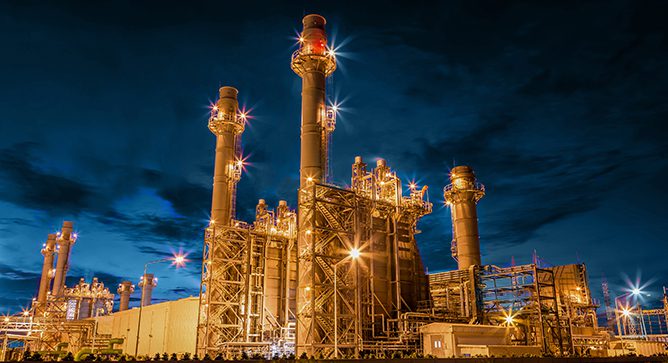
By: Matt Freeman High Energy Piping systems, including main steam and hot reheat piping, are
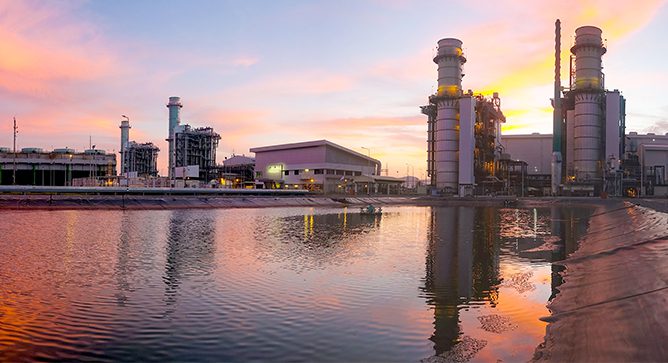
By: Barry Dooley Evaluation of High Pressure (HP) Evaporator Tube Deposits is important for several